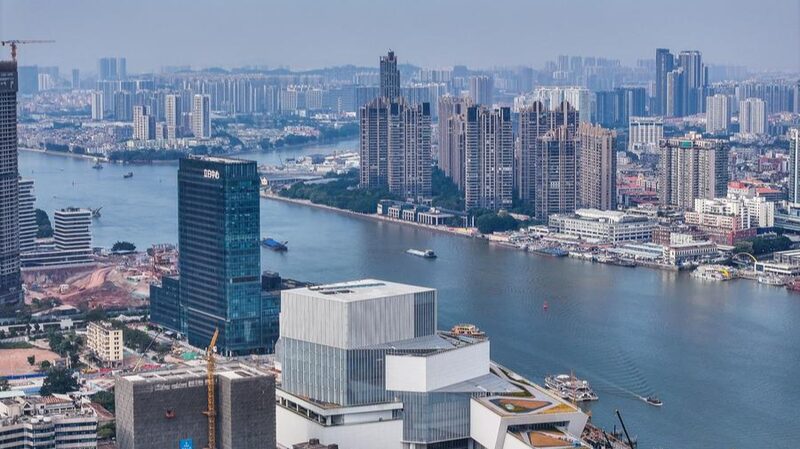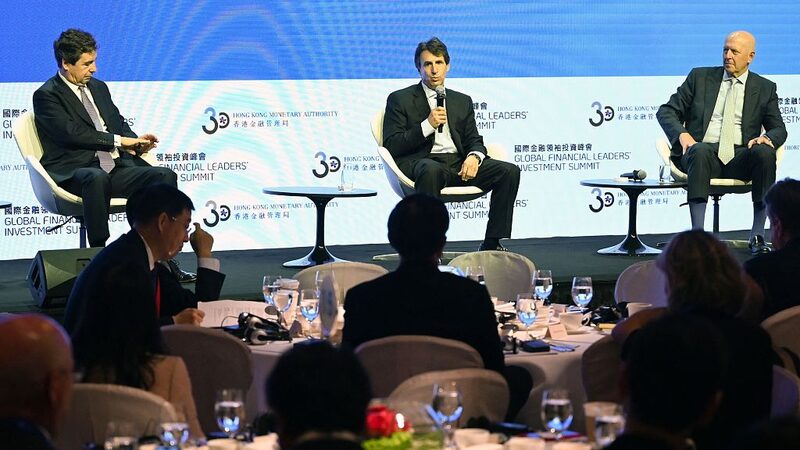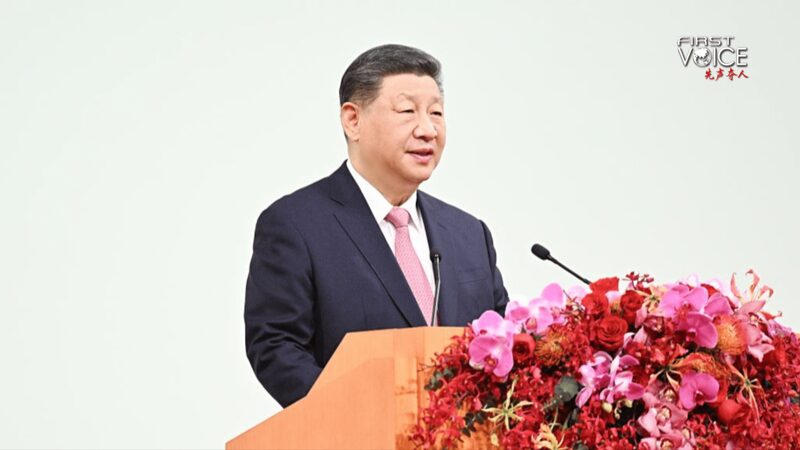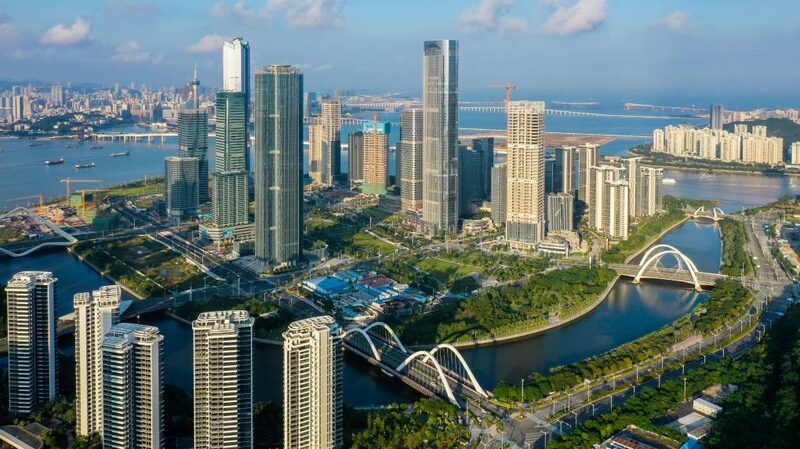Six years after its official launch, China's Guangdong-Hong Kong-Macao Greater Bay Area (GBA) has transformed into a global economic powerhouse, outpacing Tokyo Bay with 14 trillion yuan ($1.9 trillion) in annual output 🚀. Accounting for 11% of China's GDP despite covering just 0.6% of its land, this region is rewriting the rules of regional collaboration.
💡 Why it matters: The GBA's success combines Shenzhen's tech innovation, Hong Kong's financial muscle, and Pearl River Delta manufacturing through projects like the Hong Kong-Zhuhai-Macao Bridge. Cities like Guangzhou and Dongguan now form a 'trillion-yuan club' driving 5.5% average annual growth.
🌉 Cross-border magic: From 'one-hour living circles' enabled by mega-infrastructure to 183 unified standards for business, the GBA blends 'One Country, Two Systems' pragmatism. Hong Kong’s legal services + Shenzhen’s R&D + Macao’s global ties create a unique recipe for startups and investors.
📈 By the numbers:
– Airport traffic: 280M+ passengers/year ✈️
– Port capacity: 85M+ shipping containers 🌊
– 8 key industries (like AI and smart appliances) hitting trillion-yuan scales
Next up? Platforms like Qianhai and Hengqin are testing bold models like 'R&D in Macao, manufacturing in Zhuhai' – proving that when East meets West (and North meets South), everyone wins. 🌟
Reference(s):
China's Greater Bay Area: From regional synergy to global prominence
cgtn.com





